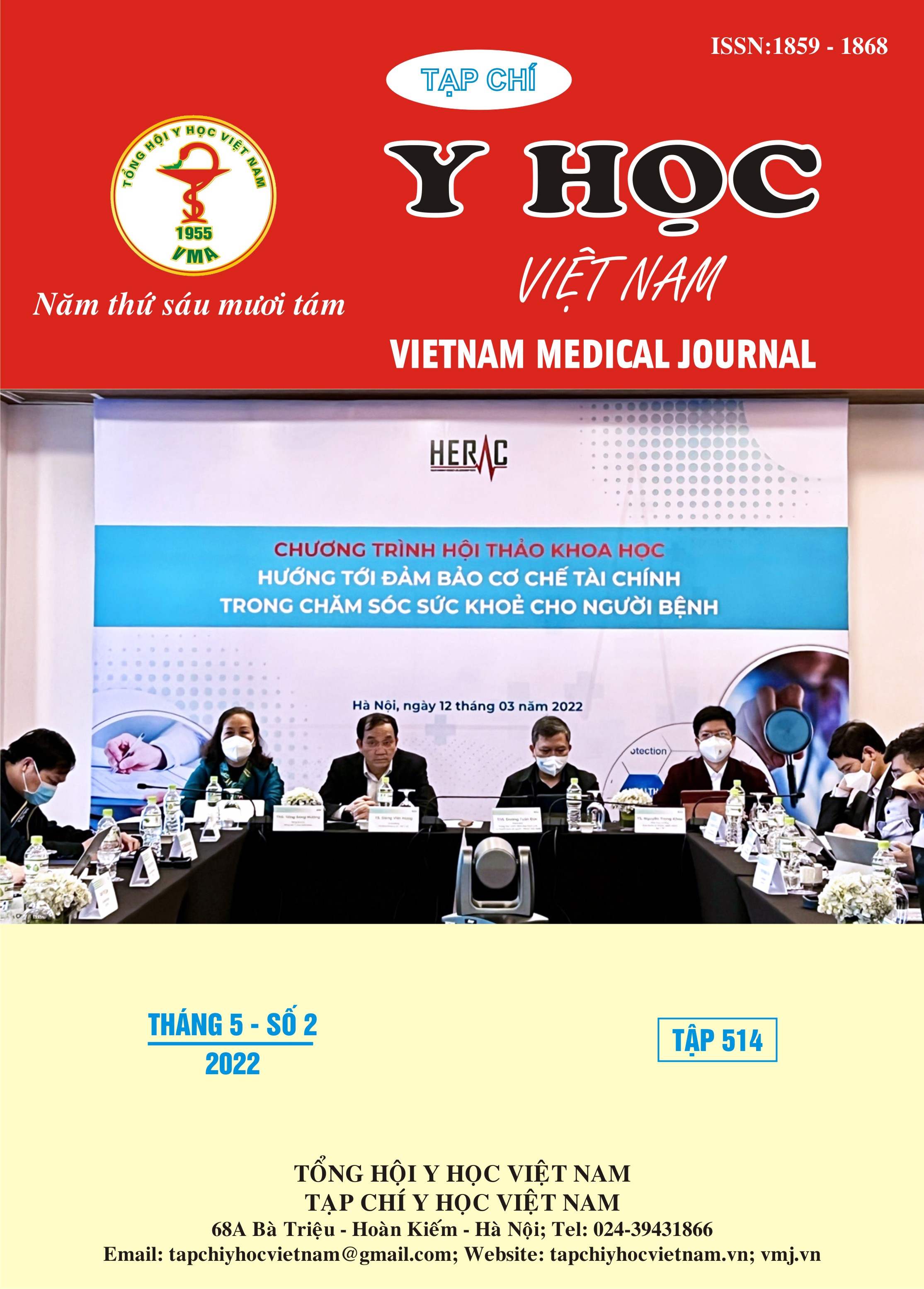CASE STUDY REPORT: THROMBOEMBOLISM IN POPLITEAL VEIN AT PATIENT AFTER HAVING COVID-19
Main Article Content
Abstract
A 65-year-old female patient with regularly recurrent hypertension, BP controlled at 120/80 mmHg presented severe pain, edema, and redness of both legs. Patient were vaccinated COVID-19 with 2 doses of AstraZeneca, with interval more than 12 weeks. 3 months after the second dose, patient was detected positive with COVID-19 by PCR test with a CT concentration of 13.9. Patient suffered from mild symptoms and was prescribed home treatment with common drugs such as Paracetamol, Oresol, Multivitamin. After 11 days of treatment, the rapid test for SARS-CoV2 antigen was negative, only mild symptoms such as fatigue, shortness of breath, difficulty sleeping. About 1 month later, the patient came to a clinic because of feeling severe pain, edema, and redness of the lower extremities. She was found to have popliteal vein thrombosis on ultrasound - Doppler. Laboratory tests showed a significant increase in D-dimer, other basic coagulation parameters and platelets within normal limits. The patient was treated with subcutaneous anticoagulation. After 10 days of treatment, the disease stabilized. The question was that thromboembolism really caused by COVID-19, and if yes, what was the mechanism of thrombosis in this case?
Article Details
Keywords
thromboembolism, venous thromboembolism, vein, COVID-19
References
2. Ortega-Paz L., Capodanno D., Montalescot G. et al (2021), “Coronavirus Disease 2019-Associated Thrombosis and Coagulopathy: Review of the Pathophysiological Characteristics and Implications for Antithrombotic Management”. Journal of American Heart Association 2021; 10:e019650.
3. Mizuiri S., Hemmi H., Arita M. et al (2008), Expression of ACE and ACE2 in individuals with diabetic kidney disease and healthy controls. Am J Kidney Dis. 2008; 51:613–623.
4. Kai H, Kai M. (2020), Interactions of coronaviruses with ACE2, angiotensin II, and RAS inhibitors‐lessons from available evidence and insights into COVID‐19. Hypertens Res. 2020; 43:648–654.
5. Panigada M., Bottino N., Tagliabue P. et al (2020), Hypercoagulability of COVID‐19 patients in intensive care unit: a report of thromboelastography findings and other parameters of hemostasis. J Thromb Haemost. 18:1738–1742.
6. Tang N., Li D., Wang X., Sun Z. (2020), Abnormal coagulation parameters are associated with poor prognosis in patients with novel coronavirus pneumonia. J Thromb Haemost. 2020; 18:844–847.
7. Xu P, Zhou Q, Xu J. (2020), Mechanism of thrombocytopenia in COVID‐19 patients. Ann Hematol. 2020; 99:1205–1208.
8. Thachil J., Tang N., Gando S. et al (2020), ISTH interim guidance on recognition and management of coagulopathy in COVID‐19. J Thromb Haemost. 2020; 18:1023–1026.


